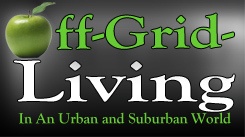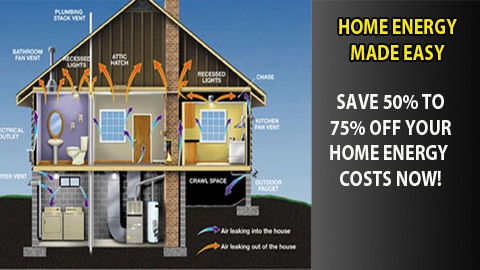
“The Homesteaders, including my grandparents who left behind almost nothing, and arrived in Montana with nothing but the clothes on their back, high hopes, and dreaming of the future.”
Brian Switzer

Just because you live in a suburban setting, doesn’t mean you can’t experience Suburban Homesteading. This allows you to have an off grid home, despite living in an area where it would surprise your neighbors.
As you have the experience, you’ll learn some important skills that most people don’t have today. This includes fermenting, soup making, seeding, knitting, candle making and so much more. If you find a community that is passionate about suburban homesteading, you might have a community who works on projects together, have access to elders, and have a chance to build an off grid home in a likeminded community.
Suburban Homesteading is catching on

For urban and suburban homesteading there are a few different things you can do. The first is to being to grow your own food in the city. If you are in a community, you can setup a community garden and begin to grow vegetables with the others and share your harvest when it is time.
Suburban homesteading is becoming more than just a trend. Over time, I believe it will become something that is a staple practice in suburban living. The great benefit is that if you live in an area where it's catching on, communities can work together to gain more fruitful results.
Another plus of diving into suburban homesteading at this point in our history is that you can easily learn all the skills necessary. All you have to do is spend time watching videos on YouTube or enroll in community classes! It has never been easier to learn homestead living in this era.
So, with that being said let me give you some helpful tips to get you going if this is something you are pondering venturing into!
7 Reasons why You Should consider suburban homesteading
Take Your Space into Account
Starting something new like this can be very exciting! You're excited to save money and grow your own food. Before you get overcome by excitement, you must take into account your surroundings and what kind of space you have.
Investigate where on your property can you really grow your own produce. Where can you utilize small space for food production? Perhaps you have plenty of space, in that case, dream big!
You really don't need a ton of space for suburban homesteading. You just need to know what your options are and if you can work with that. You can grow food in the parking lot. You can create spaces on your patio to grow food, in storage bins or tiny barrels. Start with a couple of options and grow your garden from there!
If you have a garage, you can easily line up 5-gallon buckets along the sides of it to grow various types of vegetables! See your living space with new eyes and easily discover new areas for food production.

Suburban Homesteading in the Kitchen
Perhaps you don't have time to do homesteading outdoors. I get you, it can seem a little overwhelming at first. However, there is so much fun to be had by trying homesteading ventures from the kitchen.
Develop Composting Skills
If you can become a master at composting, then you can become great at having phenomenal produce. The trick to having great compost is, of course, having the right tools. Really, that mainly boils down to you having good bins.
You can either make your own composting bins or you can easily buy pre-made composting bins. These bins come with lids that'll keep the animals out. If need be you can drill holes at the bottom of them, to create a drainage system.
Here's a little secret for you.
If you are not able to host composting bins outside, there are options to do composting inside! Just like you can purchase sizeable bins for outdoors, you can purchase smaller bins for inside. You might be nervous about the “smell”, not to worry there are techniques like “Vermicomposting” which has virtually no smell.
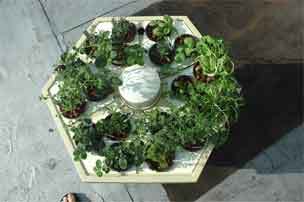
Get Creative with Grey water
Grey water is the water that is used for showers and baths. Water that comes from our washing machines and our bathroom sinks are totally reusable. As different areas across the United States are experiencing a little bit of drought, we can all do our part, by reusing grey water.
The trick to using grey water though is to make sure that the soaps used are biodegradable. That way, the water is not killing off what is growing.
If you would like to test it out. All you have to do is get a five-gallon bucket and stick it under the sink. Disconnect the sink drain, and allow it to funnel into the bucket.Suburban Farmers Learn to Preserve Their Food
To me, there's something powerful about learning how to grow your own food, and then learning how to keep it for long term use. We never know what life can bring and what emergencies could arise. If we have preserved food that we know is healthy and good, it brings a certain element of comfort.
The different ways you can preserve your food is by canning, freezing, drying, or smoking your goods. You can also use pressure canners if you are trying to preserve food in bulk. Here is a great thing about preserving food, it doesn't have to be your own grown food. If you frequent a local farmer or buy organic foods, you can preserve those as well!
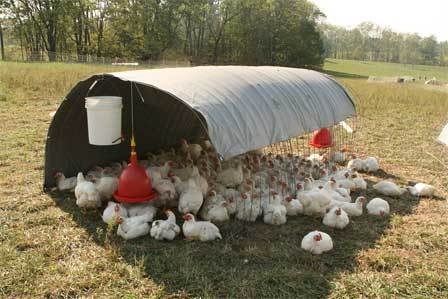
Dare to Raise Livestock
If you have a decent-sized backyard, you can create a mini-farm. Naturally, you do have to check with your city to verify the laws of having livestock. The most common type of livestock to grow in suburban areas would be chickens and rabbits.
Adding any livestock to homesteading efforts tends to add a bit more work. However, if you start small it can be something you can expand over time. Also, when considering livestock just think about the noise they make and your neighbors. You don’t want to drive them crazy!
That is why having chickens and rabbits are a more favorable option because they are quieter.
Community Homesteading
When you hear about homesteading, it could feel like a new and fun adventure to endeavor in.
Truly, it can. However, there is work involved and a learning curve. Most of us living the suburban life are already quite busy and it might be difficult to incorporate such efforts.
The great news is what you can't do for yourself, you can garner from local farmers markets or join a bulk food buying group that champions the homestead living.
Conclusion
In closing, suburban homesteading can be another way to bring a new level of security to your life. The times are ripe to learn because there are so many resources to make it easier. You can develop your skills at your own pace and own timing, enjoying the literal “fruits” of your labor!
Don't forget the backyard...
If you are a single off grid home, then you’ll want to use your backyard to create a garden that allows you to rely on your own efforts to produce crops for you and your family to enjoy. If there are things you cannot grow, you can source the additional food.
If there are nearby that offer wild fruits and vegetables, take advantage of those. If not, see what options you have for buying in bulk directly from farmers. This cuts out the middleman and can reduce your costs.
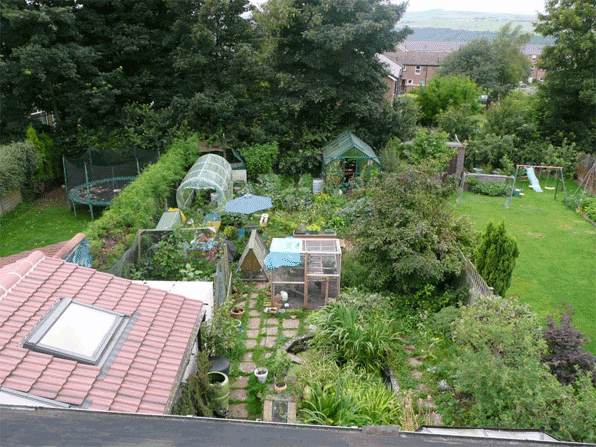
To boost the nutrients in the food you are growing, make sure you take advantage of composting. A simple compost pile can help to give you nutrient rich soil that will allow you to grow better quality fruits and vegetables. Just make sure you continue to work this compost pile so it effectively remains fertile and doesn’t become rancid garbage.
Depending on where you live in a suburban area, you may be legally allowed to grow animals. It might be as simple as just chickens, but pigs and goats are also an option. It’s important that you understand what animals you can raise and make sure that you take advantage of them. After all, chicken eggs are a great source of protein and can provide you additional nutrients for your diet, while you enjoy an off grid lifestyle.
Live off the grid in suburbia
Canning is another skill you’ll want to learn. This will allow you to preserve fresh fruits and vegetables so you can continue to enjoy them after their season. Keep in mind that there will be some fruits and vegetables that won’t can well, so you’ll want to decide how you want to handle those items.
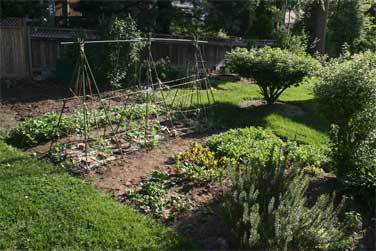
It is possible to grow certain items indoors with the right equipment, if you decide to take that approach. Freezing and drying are also exceptional options when you want to preserve food.
As you can see, it is possible for you to embrace suburban homesteading. You just need to ensure you take advantage of these simple steps and build from them, until you are able to provide for your family off your land alone.
You also might like this FREE eBook. Click here
You Also Might Be Interested in...
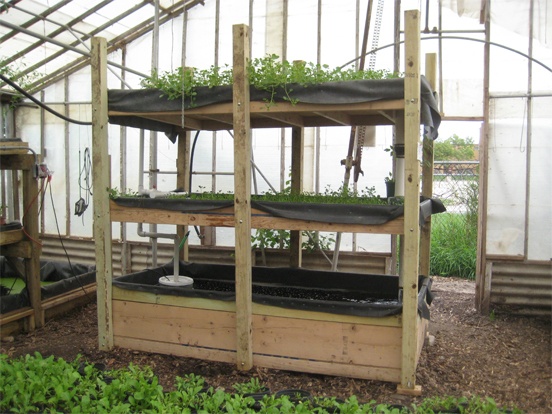
Aquaponic is a marriage between fish farming and hydroponics. Protein and vegetables in one unit
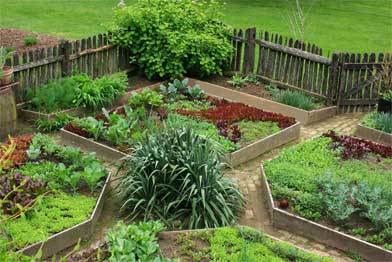
With urban gardening you can transform even the smallest piece of land into a food farm for your family.

Solar Hot Water Collector: The Best Guide to Building and Installing a Solar Hot Water System
Hello there, fellow solar enthusiasts! It’s great to be talking with you

Hybrid Solar Wind Power Generation System: Best Comprehensive Guide to Building Your Own Renewable Energy Solution
Hello there! If you are looking for an alternative energy source that

Solar Heating System: Best Comprehensive Guide to Building and Installing a Solar Heating System
As a solar heating system expert, I have seen firsthand how this

Solar Cooling: How to Keep Your Home Cool with Solar Energy?
Hey there, folks! As a solar cooling consultant with years of experience

Stand Alone Solar Power System: How to Build an Off-Grid Solar Power System for Your Home?
As the demand for sustainable energy solutions increases, stand alone solar power

Solar Heating Systems: The Different Types and Benefits Of Solar Heating Systems
As a solar heating systems expert, I know that these innovative technologies
